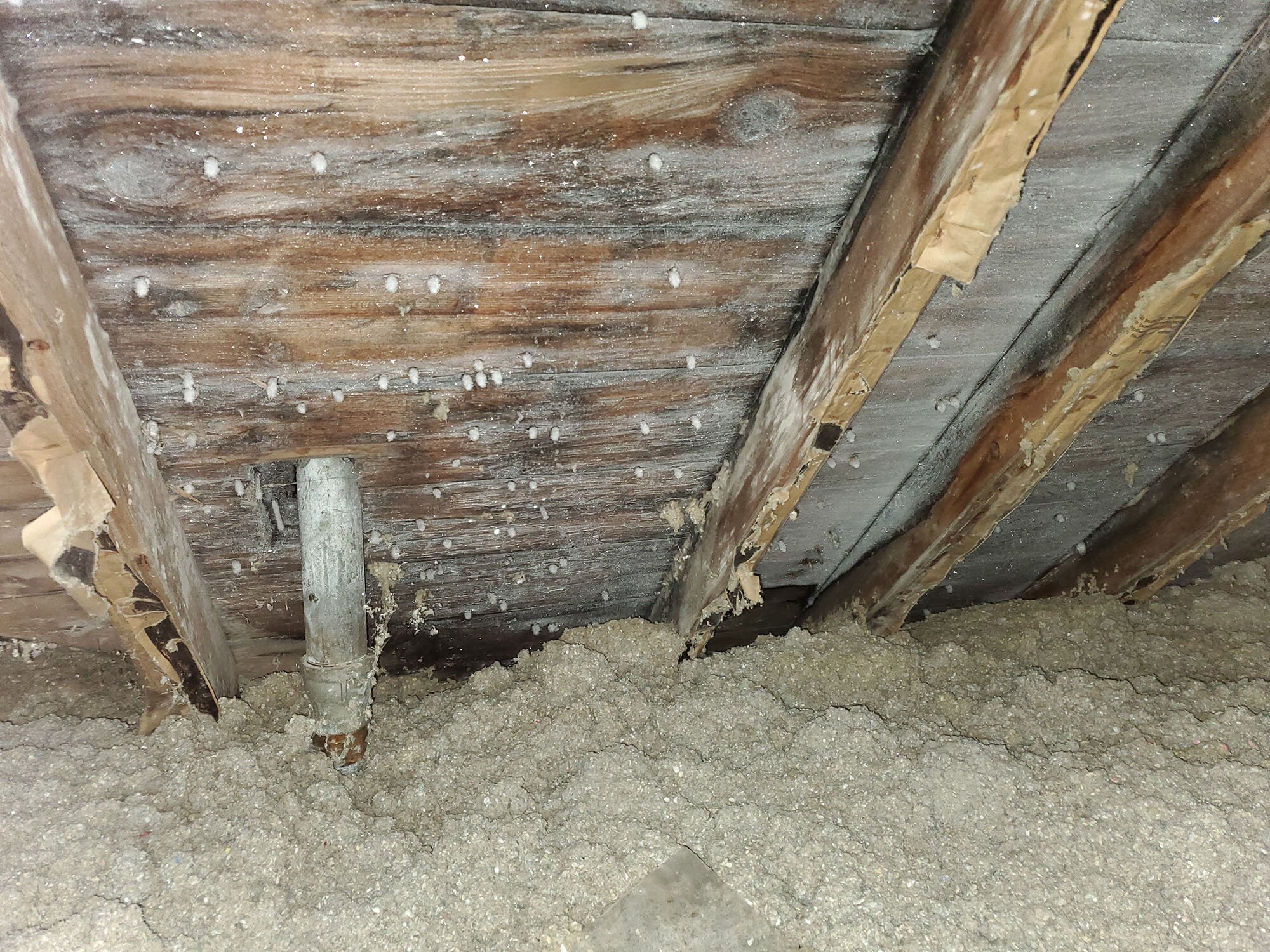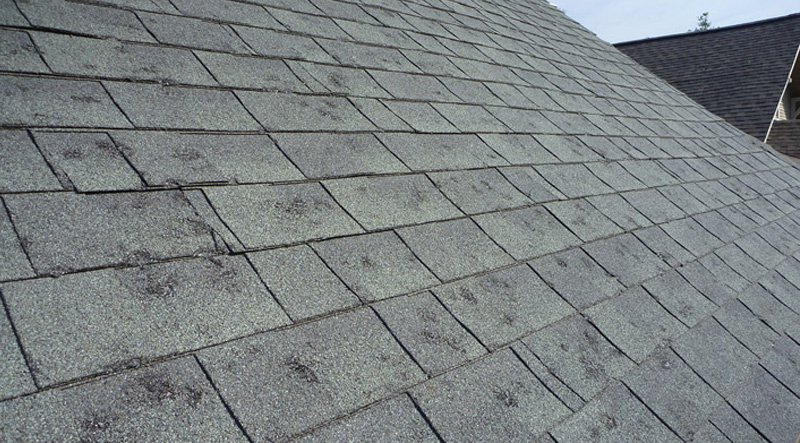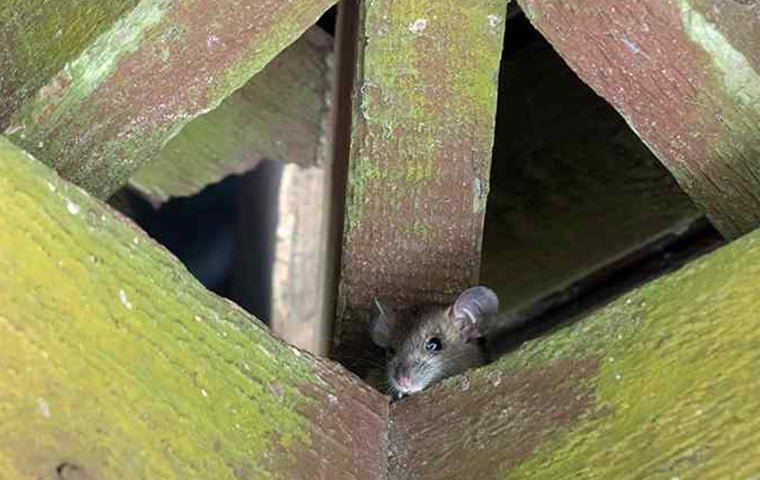Ice Dams and Other Winter Problems
In Ohio, the winter months can be unpredictable. It may snow for three weeks straight, or it may snow on and off everyday for three months. One thing is for certain though–it will be cold, and there will be snow (even if only for a few days at a time). When it does snow and temperatures are below freezing there can be many problems with your roof. From ice dams to leaky flashing to hail damage. We have listed below different problems that can occur to your roof during the winter months and ways to prevent and fix them if they do arise.
Ice Dams
Ice dams occur when the warm temperatures from your house rise into the attic and heat the attic up, in turn heating the snow and melting it on top of your roof. When it melts it drips down to the edge of your roof, and since there’s less heat there it can refreeze, causing ice dams. These are bad for your roof because they can cause your gutters to be torn off, cause loose shingles to come off, and can cause water to back up into your house which can cause mold, sagging ceilings, peeling paint, and more.
To prevent ice dams from occurring, make sure that your roof is properly insulated. Also be sure to rake the snow off of your roof. While it might seem like a lot of work, it is worth doing because not only will it help in the prevention of ice dams, but it can help keep the weight off of your roof making it less likely to collapse (especially if it is an older roof). Another way to prevent ice dams from forming is to install heated cables along your shingles or the eaves of your roof.
If you find yourself with an ice dam even after taking precautions to prevent it, you can purchase calcium chloride to help melt the ice. While calcium chloride is the same chemical as the one used to melt ice off of driveways and streets, it is not the same as typical rock salt. If you use rock salt instead of calcium chloride, it can end up damaging your roof and killing foliage and plants you may have around your house. You also never want to put the calcium chloride directly onto the ice dam. Grab some old pantyhose or some tube socks and fill that with the calcium chloride. Place them vertically over the ice dam and leave an inch or two hanging off of the roof. This will cause the ice to melt and create a channel for the water to escape.
It is never recommended to break ice dams off by force as you could cause more damage to your roof. If these methods do not work for you, it may be time to consider calling in a professional.
Condensation
Condensation can occur when there is not proper insulation in your roof. Too much warm air will go into your attic and cause condensation along the inside of your roof. While this may seem like a minor issue, if left unnoticed for long enough and lots of condensation builds up, then your shingles can absorb some of it and it will cause damage to your shingle over the winter months.
Condensation can also bring about mold and mildew to grow and cause further damage to the structure of your home. To help prevent condensation from building up it is important to have air circulation in your attic. You can place fans to help with the air flow. A good rule of thumb is to also keep the temperature in your attic close to the temperature outside. If you have trouble regulating the temperature, then you might need to get new insulation. While you might want to rush and get it done during the winter after finding these problems, we recommend waiting until after winter to do the job.
Flashing Leaks
Flashing are the thin metal strips that line along different sections of your roof to help prevent water from getting into those areas. However, when damaged and after becoming loose, your roof flashing won’t be able to stop the water from entering your home. High winds and other natural occurances can cause the flashing to pull away from the roof, so to be safe inspect it every six months or so to make sure it is still properly fastened.
Hail Damage and Strong Winds
While hail damage and strong winds aren’t something you can prevent or plan for, they are problems that could occur and are something that you should be checking for after large winter storms. If you step outside and notice that there are pieces of shingles in your yard, it is likely that your roof was damaged from one of those.
Make sure to give a us, or any roofing company nearby, a call to perform a maintenance check and see if your roof needs any work done if you notice that it was damaged.
Invading Rodents
While it is often overlooked, make sure there are no ways for small rodents such as mice, rats, or squirrels to get into your roof during the winter. If you notice any holes along your roof, even if they seem too small for a rodent to get in, make sure you patch it up otherwise they will gnaw at it to make it wide enough to fit in to.
This is best to be done before winter arrives, as it might be too late once it gets cold out because the rodents are likely already inside and preparing for warm winter.




